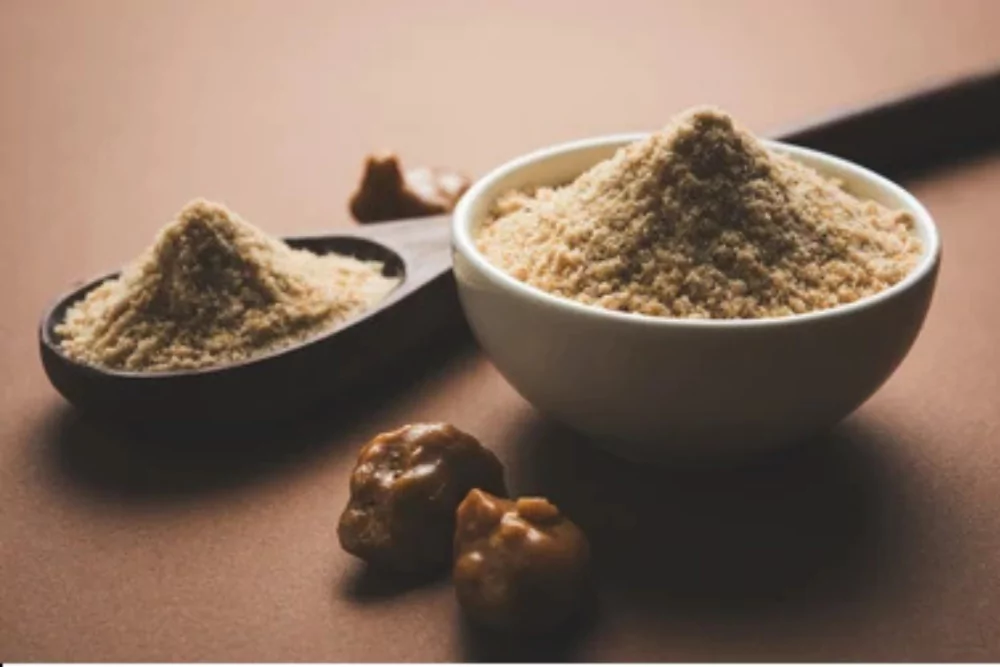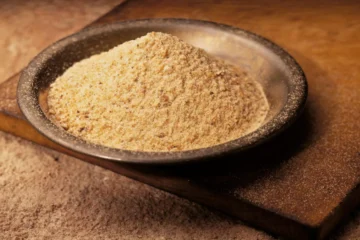Global Recipes Reinvented with Hing is more than a culinary experiment—it’s a movement to combine taste, health, and tradition in a modern global kitchen. Hing (asafoetida), long praised in Indian cooking, is gaining popularity across the world. Here’s how it fits beautifully into international recipes.
Which international cuisines work best with hing, and how does it transform their flavors?
Short Answer: Mediterranean, East Asian, and Middle Eastern cuisines pair exceptionally well with hing, enhancing savoury depth and replacing garlic/onion with an earthy umami kick.
Long Answer:
- Mediterranean: Hing adds a garlicky undertone to dishes like hummus, lentil soups, and pasta sauces without overpowering.
- East Asian: In stir-fries or ramen broths, hing boosts the umami element, working well in soy or miso-based recipes.
- Middle Eastern: Use hing in falafel, baba ghanoush, or couscous to replace garlic while improving digestibility.
- Latin American: Add a pinch of hing to bean-based stews or sofrito for depth without the sulfury hit of onion.
- African: In North African tagines and spiced lentil dishes, hing complements cumin and paprika excellently.
Can hing be used as a substitute for garlic and onion in non-Indian dishes?
Short Answer: Yes, hing is a suitable replacement for garlic and onion in global dishes, especially for low-FODMAP or Jain diets.
Long Answer:
- Allergy Friendly: Hing is perfect for those allergic to alliums, offering similar taste with better digestion.
- Balanced Aroma: A tiny pinch of hing mimics sautéed onion/garlic when bloomed in oil or butter.
- Low-FODMAP Use: Ideal for IBS sufferers looking for gut-friendly alternatives to onion or garlic.
- Versatile Application: Can be added to stocks, sauces, and dressings in European and American dishes.
- Health-conscious cooking: Hing contains no sugar or additives, making it a clean-label substitute.
What are some simple ways to incorporate hing into Western or Asian recipes without overpowering them?
Short Answer: Start with a small pinch of hing, bloom it in fat, and combine it with complementary spices to prevent it from dominating the dish.
Long Answer:
- Use in Oil/Fat: Always sauté hing in hot oil or ghee for 10 seconds before adding other ingredients.
- Pinch per Recipe: A 1/8th teaspoon is sufficient for most dishes; more may overwhelm the flavor.
- Blend with Other Spices: Combine with cumin, paprika, or rosemary to create harmonious flavor layers.
- Soups & Broths: Use it in bouillon cubes or broth bases for a deep savoury base in ramen or stews.
- Infused Butter/Oils: Prepare hing-garlic butter or infused olive oil to drizzle on pastas or roasted veggies.
Does hing enhance digestion or other health benefits when used in global cuisine?
Short Answer: Hing improves digestion, reduces gas, and may help regulate blood sugar when added to international meals.
Long Answer:
| Health Benefit | Effect | Ideal Usage |
|---|---|---|
| Digestive Aid | Reduces bloating and gas by stimulating enzyme secretion | Use in lentil soups, stir-fries, or spicy dishes |
| Anti-inflammatory | Contains compounds that lower internal inflammation | Add to curries, stews, and bone broths |
| Blood Sugar Regulation | Supports insulin sensitivity when used regularly | Incorporate in diabetic-friendly recipes |
| Antioxidant Rich | Neutralizes free radicals in the body | Use in high-heat cooking or oil-based dishes |
Are there any cooking techniques to maximize the aroma and taste of hing in fusion recipes?
Short Answer: Blooming hing in fat, timing it right, and pairing it with the right ingredients are key to bringing out its best aroma and flavor.
Long Answer:
- Bloom in Fat: Always add hing to hot oil or butter for 5–10 seconds to activate its aromatic compounds.
- Timing Matters: Add hing early when cooking base ingredients to let the aroma blend naturally.
- Use with Acid: Combine with vinegar, lemon, or tomato to balance its pungency.
- Dry Roast Method: For dry rubs, lightly toast hing with salt and cumin before sprinkling on roasted veggies or meats.
- Infusion Method: Infuse hing in warm oil, strain, and use the oil for salad dressings or pasta finishes.
Conclusion: Hing’s Global Journey Begins in Your Kitchen
Short Summary: Hing is no longer just an Indian spice—it’s a global culinary enhancer and digestive aid. Start small, use wisely, and enjoy a world of flavour.
Long Conclusion:
Incorporating hing into global cuisines is not only a flavourful adventure but also a healthier one. Whether you’re skipping onion and garlic for dietary, religious, or health reasons, hing provides a powerful alternative. From ramen and risotto to hummus and falafel, the possibilities are endless. By applying the right techniques and understanding its impact on flavour and wellness, you can easily make hing your new kitchen staple. Start with these five reinvented global recipes and discover the transformative power of Hingwala’s premium asafoetida.





